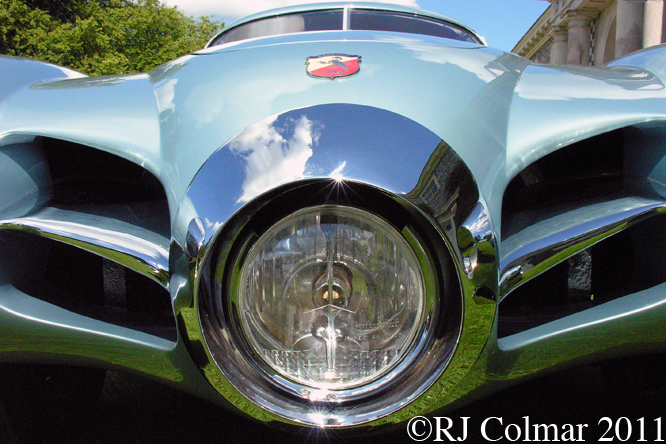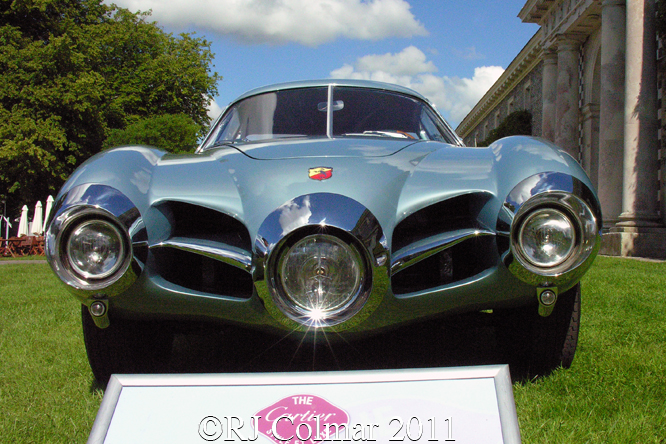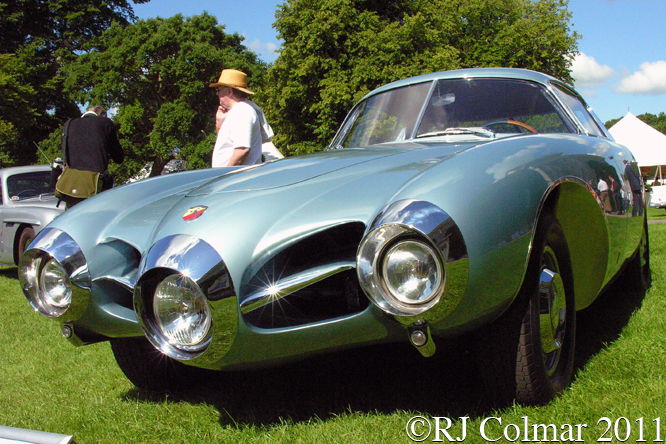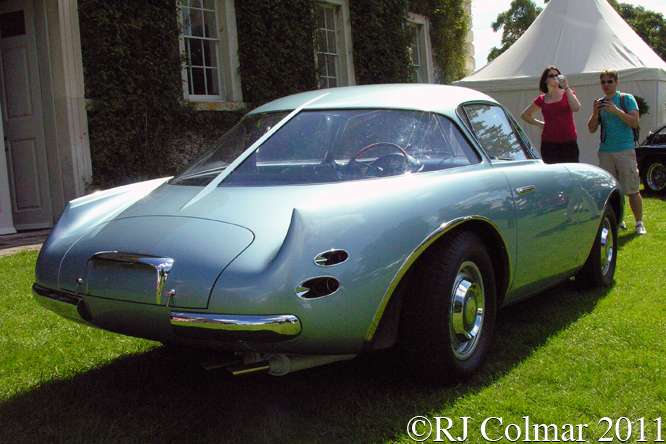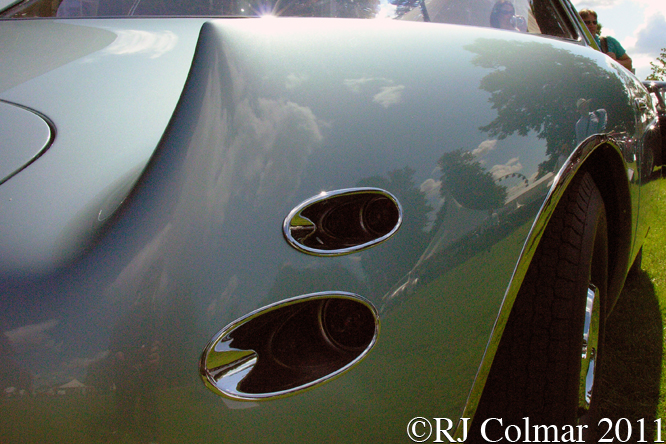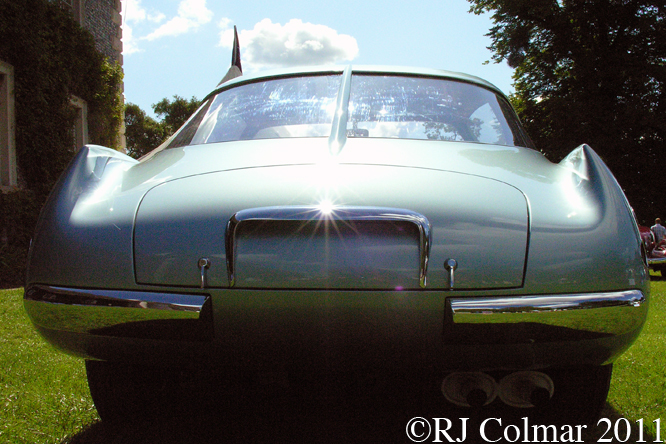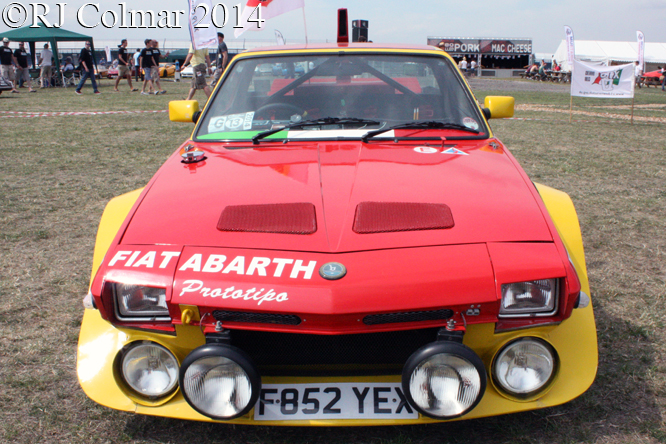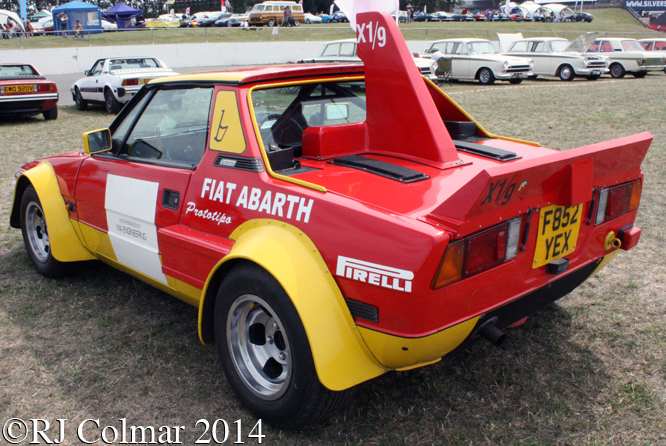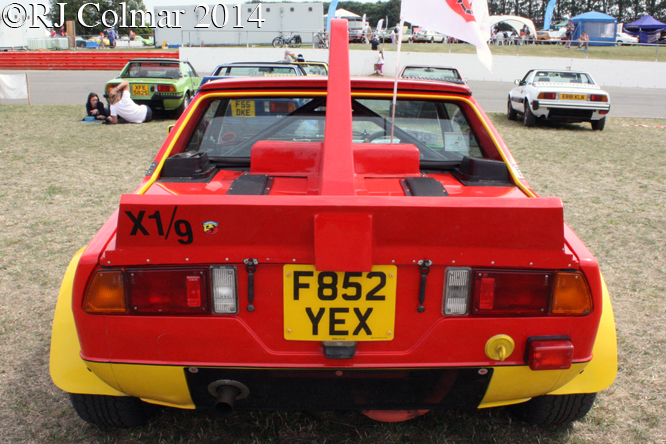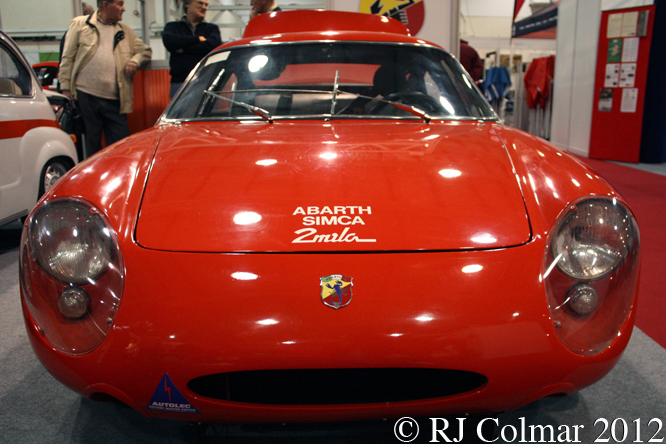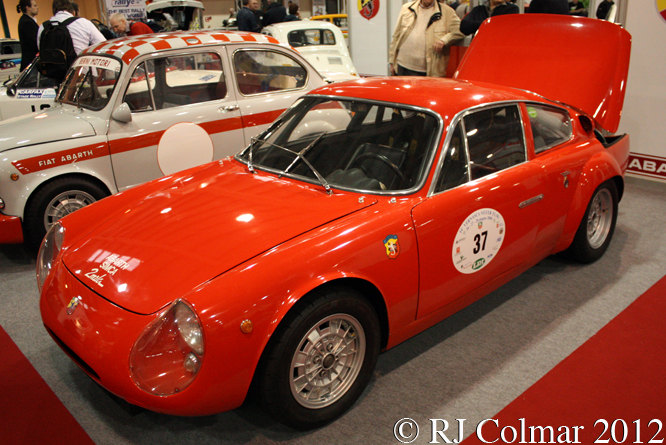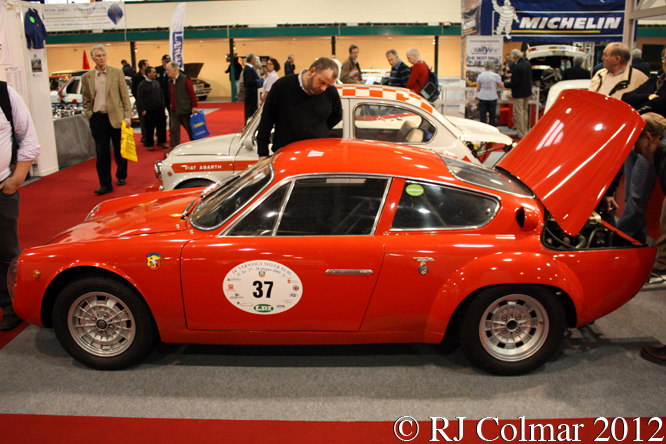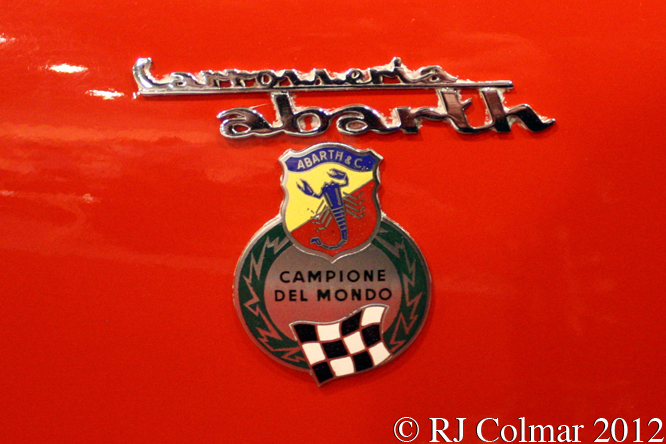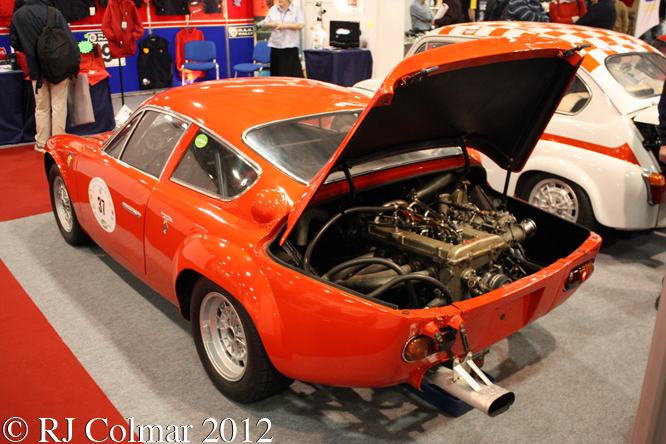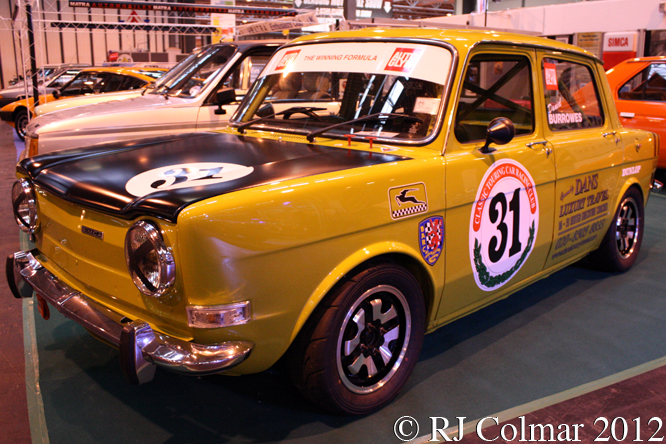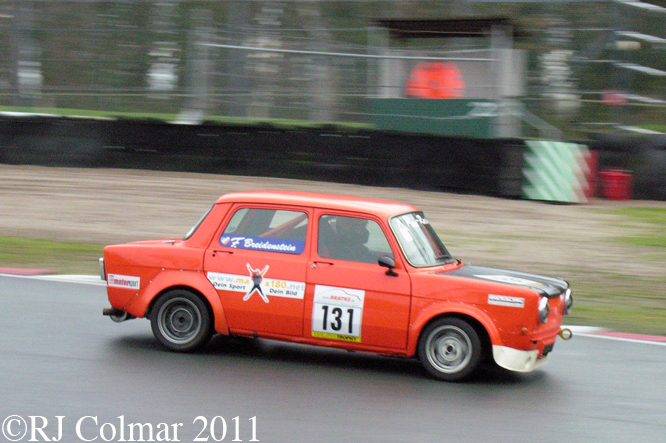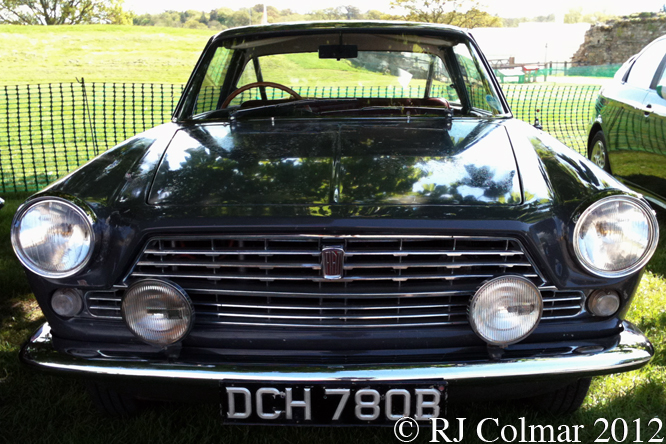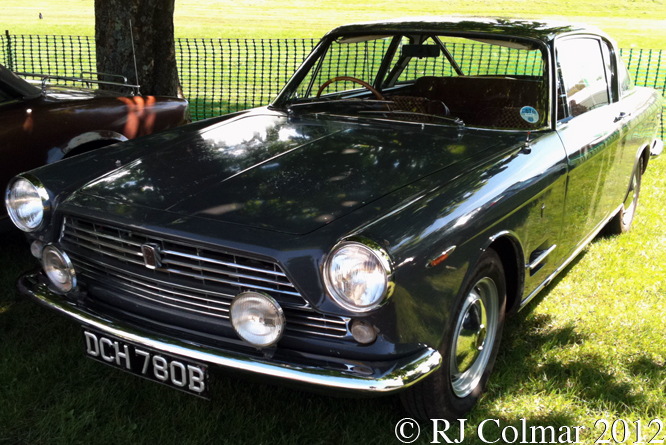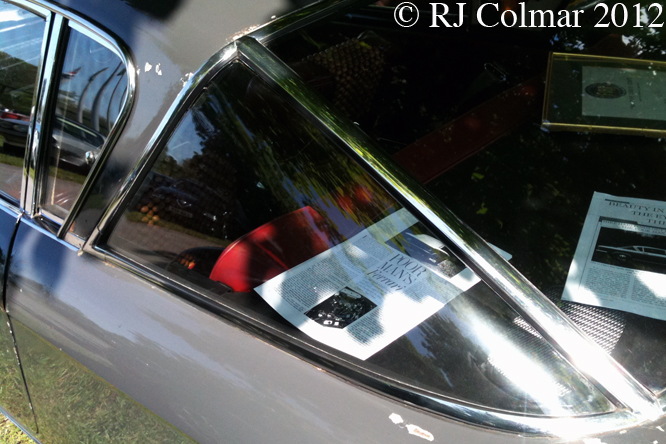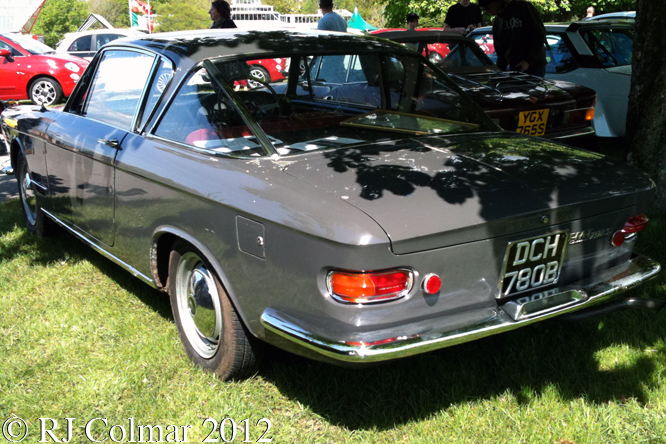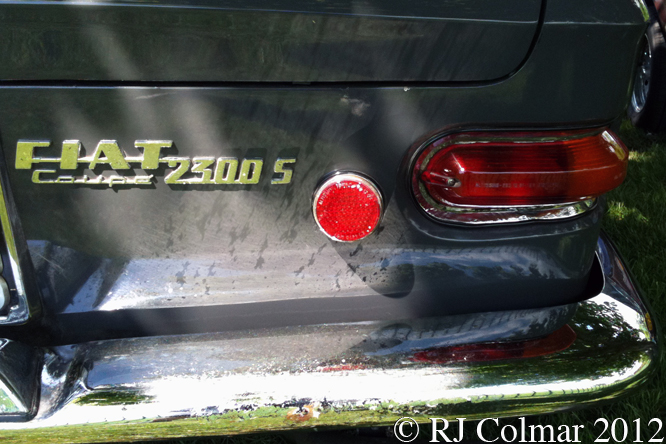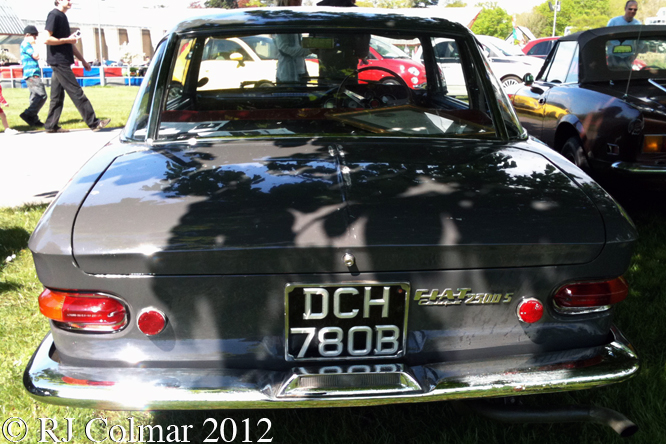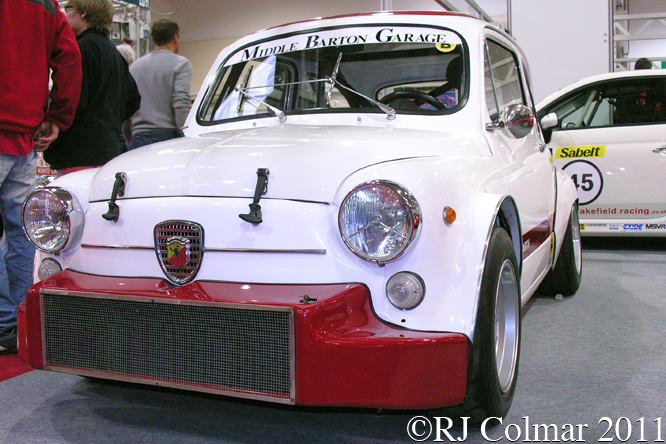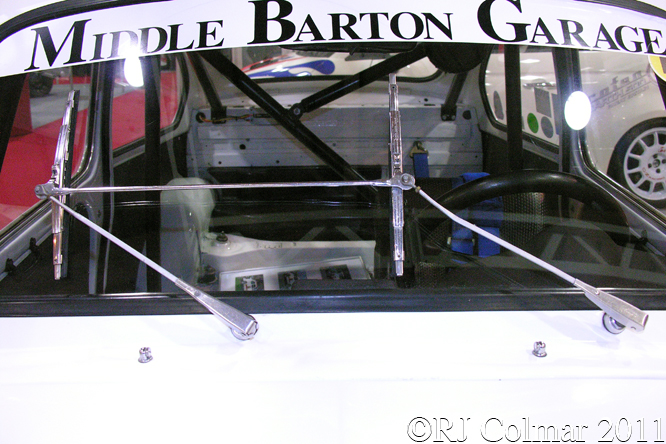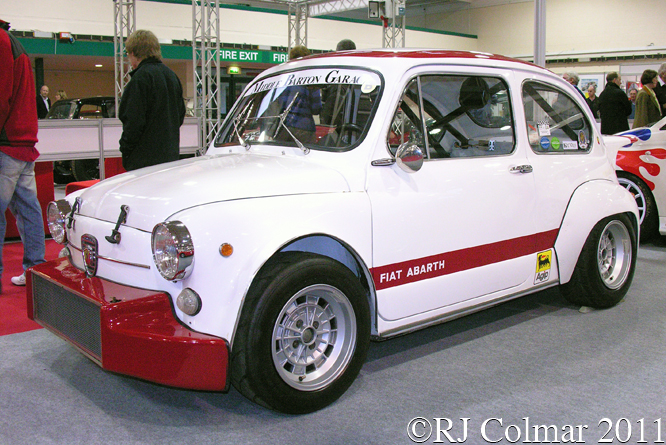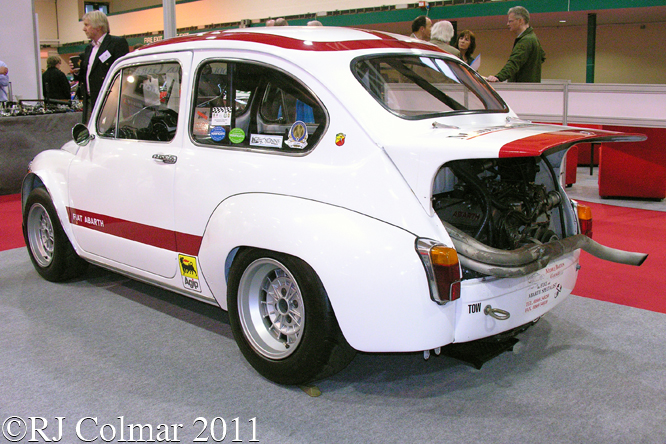When FIAT bought out Carlo Abarth in July 1971 it was looking for models to compete in the forth coming World Rally Championship that was inaugurated in 1973 with aim of “proving the car’s strength.”
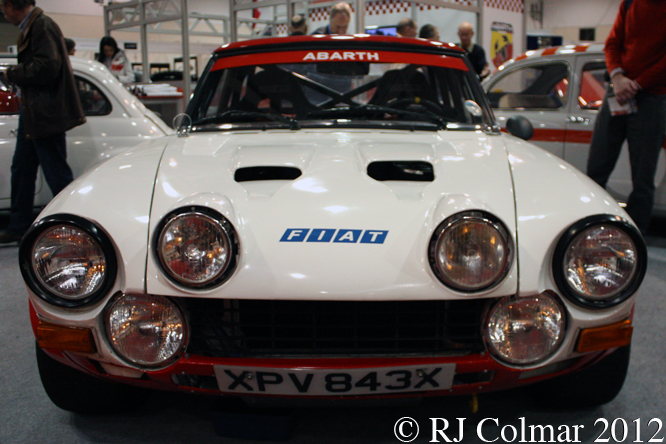
Abarth who’s reputation was primarily built on racing and hill climbing products was introduced to rallying with a Twin Cam FIAT 125 programme in 1970 and in 1972 the company started building and competing with a competition hardtop version 124 Spyder body, a model launched in 1966, for it’s Rally programme.
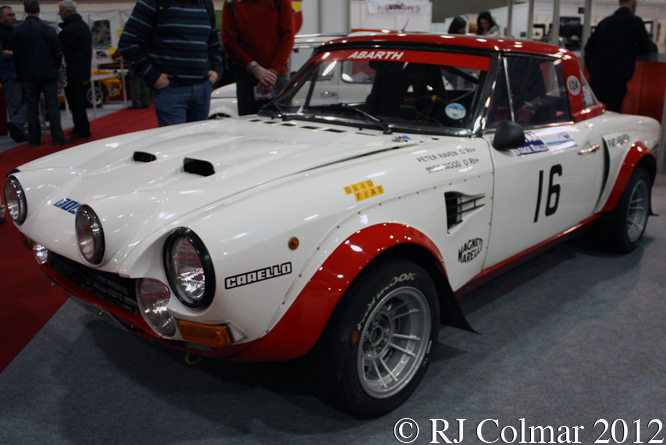
Initially the 124 Abarth Rallye was fitted with 1850cc / 112 cui versions of the FIAT four cylinder twin cam designed originally by former Ferrari man who became Abarth’s first President under FIAT management Aurelio Lampredi, a change in rules in 1974 permitted 16 valve heads to be fitted and engine sizes of 1850cc and 1756 cc / 107 cui were used in competition.
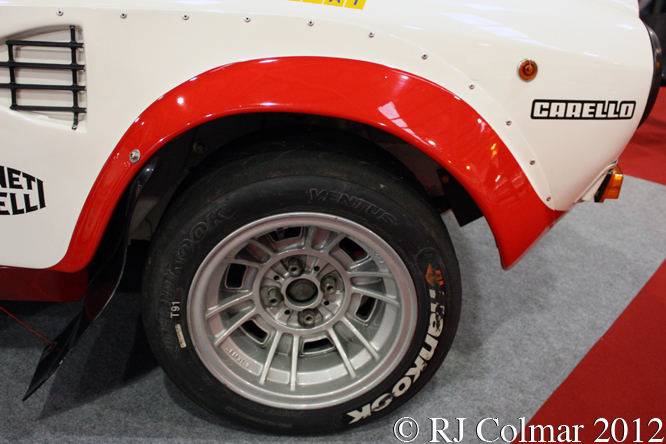
Success for the 124 Abarth Rallye included Rafael Pinto’s and Maurizio Verini European Rally Championship wins in 1972 and 1975 respectively, two wins on the Portugese Rally for Rafael in 1974 when he led a Abarth Rallye sweep of the podium positions and for Markku Alen in 1975 who with Ilka Kivimäki in the passenger seat led home 2nd place finishers Hannu Mikkola who was partnered by current president of the FIA Jean Todt.
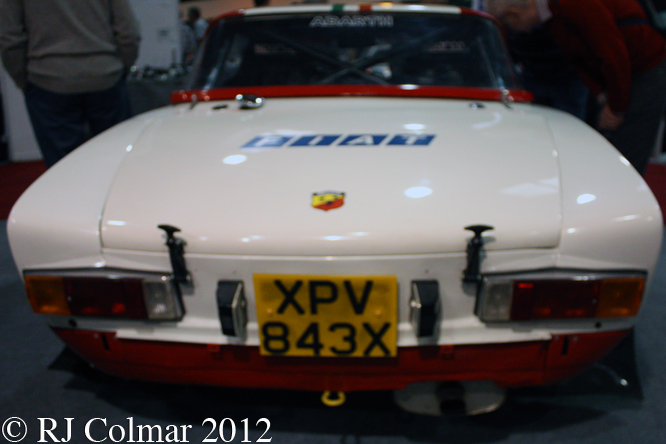
FIAT also finished second to Group stable mate Lancia in the 1974 and 1975 World Rally Championships, in all 1,013 hardtop FIAT 124 Abarth Rallyes were built between 1972 and 1975 when the programme was wound up to make way for the World Rally Championship winning FIAT Abarth 131 programme.
Today’s featured Abarth Rallye, appearing with 1981-’82 UK registration plates at Race Retro a few years ago, was originally supplied to a privateer for use in the Italian National Rally Championship, it is currently fitted with an ultimate works spec fuel injected engine.
Thanks for joining me on this “Proving The Car’s Strength” edition of “Gettin’ a li’l psycho on tyres” I hope you will join me again tomorrow when I will be looking at a one off Formula Junior Car. Don’t forget to come back now !


